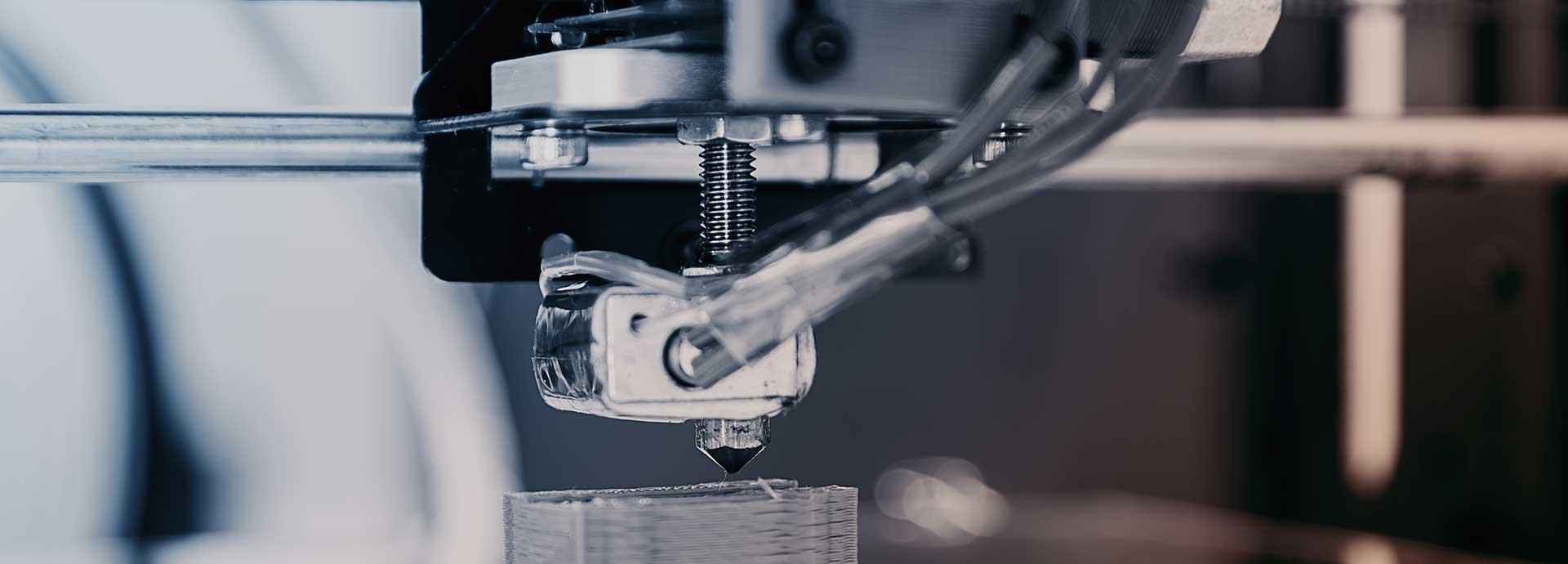

Digital revolution in manufacturing technology is largely believed to lie in additive manufacturing – one example being 3D printing of items based on digital models. This enables, for instance, the tailoring of parts and rapid manufacture on demand. While additive manufacturing has been making waves in several industries, it is now finally making a splash in marine sector.
Research Team Leader Pasi Puukko from VTT Technical Research Centre of Finland says that the utilisation of industrial 3D printing started mainly in three industrial domains: aerospace, automotive and medicine.
“Each of these sectors has somewhat specific drivers and reasons to use this technology. For aerospace, it is lighter structures and fly-to-buy ratio; for automotive, fast prototyping and tooling; for medicine, patient specific instruments, guides, visual models i.e. personalisation,” says Puukko running down the list.
Since the costs of additive manufacturing has come down, 3D utilisation is now about to branch out to new sectors: These include energy, gas & oil, consumer products, and more recently, also marine sector.
Puukko notes that marine sector does not get that much benefit from lighter components – and the same stands for the other above-mentioned drivers, as well.
“Thus new types of drivers need to be found in order to make this technology reasonable in the marine sector. Those could be, for instance, better performing components – e.g. components which have optimised liquid or gas flow – or part consolidation where you use one part instead of ten, or digitalised spare parts.”
Smart additive manufacturing
In April 2018, Technical Research Centre of Finland, VTT succeeded in 3D printing a smart metal shaft using a brand new overall process management chain: 3D printing, sensor technology, wireless data transfer, and condition monitoring all came in the same package. The new manufacturing methods will, hopefully, enable the creation of new business models and provide a competitive edge in developing artificial intelligence.
VTT experts believe that the most intense competition in technological development within this sector concerns smart solutions. There is widespread investment in R&D, but few have succeeded in developing a working solution in which sensors form a functional part of a 3D printed metal structure.
Puukko is of the opinion that this recent Proof of Concept shows remarkable potential e.g. in condition-based maintenance (CBM): one can make more accurate measurements in situ, and get more reliable data out of phenomenon, since sensors can be located more easily on the right spots.
“It fits very well in applications where conditions are harsh, since sensing elements and wiring are embedded inside the component.”
Long time coming
VTT wants to continue this development with companies who see potential in the additive manufacturing technology for their own business. One such company is certainly Wärtsilä which started experimenting with 3D printing around ten years ago, using plastic 3D printing. However, there was already definite interest towards metal-based 3D printing at the time, and, in 2013-2014, there was a major R&D project exploring the opportunities therein.
Juho Raukola, Additive Manufacturing Engineer at Wärtsilä Vaasa, comments that the company is getting started in 3D metal printing. What this means is, in fact, introducing a whole new mentality in manufacturing.
“We must make new parts using brand new design and using brand new methods,” says Raukola.
According to Raukola, instead of merely designing parts, Wärtsilä must now concentrate on the functionalities themselves. “This way, it all becomes a matter of simply manufacturing those functionalities using the design freedom that additive manufacturing provides.”
Rosario Sommonte, Manager, Strategic Purchasing at Wärtsilä Trieste says the rapid development of 3D metal printing opens new opportunities for Wärtsilä.
“We are now starting our journey with 3D metal printing of spare parts. The first 3D printed materials are in production and we will soon deliver them to the market.”
High performance tool
Raukola’s Master’s Thesis from Lappeenranta University of Technology (LUT) – published in 2017 – focused on the characteristics of metal additive manufacturing in four-stroke engine manufacturing process, so he’s got a fairly good handle on the recent developments in the field. Raukola is convinced that 3D metal printing is poised to make a big breakthrough in 2020s.
“Already, we can use 3D metal printing to manufacture, for instance, fuel injection components, but the range of things that we can do – or should do – keeps expanding all the time.”
This is an important distinction: since 3D metal printing is more expensive than traditional manufacturing, it makes no sense to try to use 3D printing everywhere.
“It’s like a farmer who’s using a new Ferrari to plough his field. Sure you can do it, but it’s hardly smart.”
Did you like this? Subscribe to Insights updates!
Once every six weeks, you will get the top picks – the latest and the greatest pieces – from this Insights channel by email.